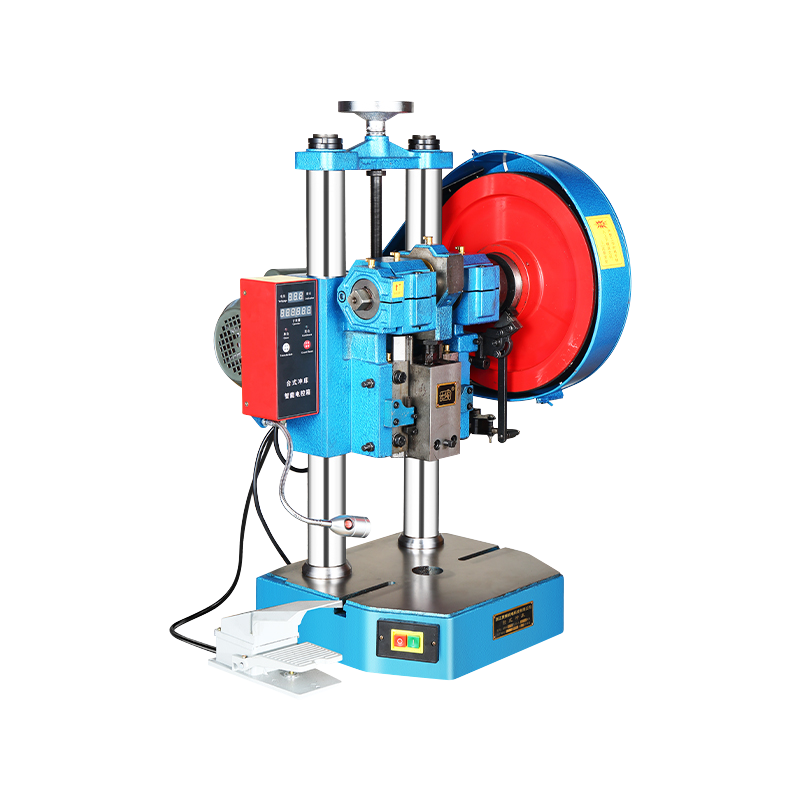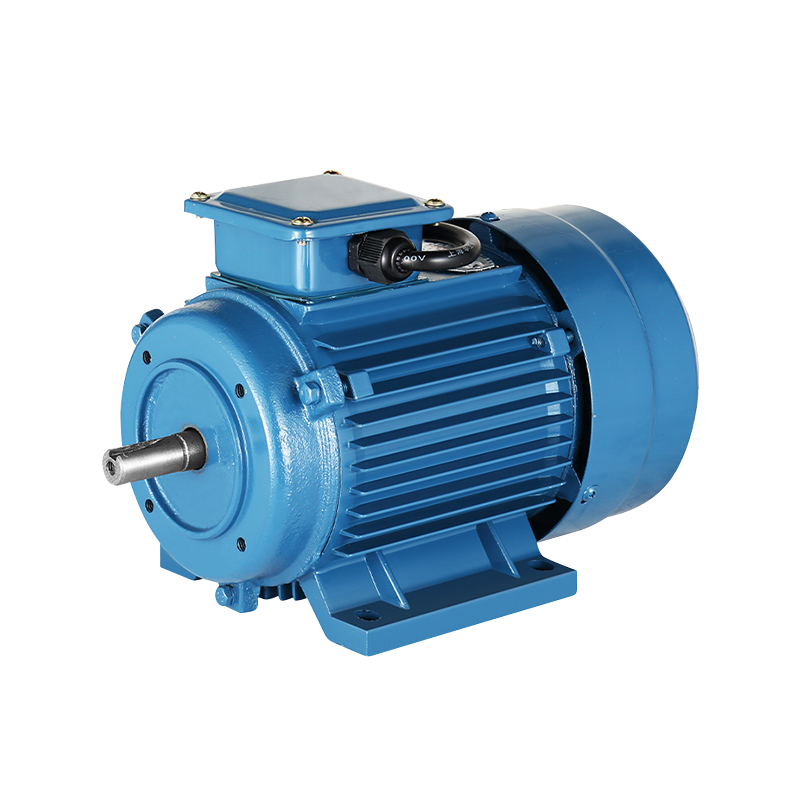Understanding the Features of a Modern Fan Compatible Motor
In today’s ventilation and cooling equipment market, the demand for energy-efficient and reliable motors continues to grow. One essential component that contributes to the smooth operation of fans in both residential and industrial settings is the Fan Compatible Motor. As technology evolves, the design and functionality of the Motor have also seen significant improvements. Understanding the main features of a modern Fan Compatible Motor is important for making informed decisions when selecting or replacing a motor for your ventilation systems.

A Fan Compatible Motor is specifically engineered to work in harmony with various fan types, including exhaust fans, ceiling fans, pedestal fans, and ventilation systems. Its compatibility ensures that the motor can handle the fan’s required torque and speed, providing efficient airflow without unnecessary strain on the equipment. The ability to match motor performance with fan design is one of the reasons the Motor is widely used across different industries.
One of the primary features of a modern Fan Compatible Motor is its energy efficiency. These motors are often built with advanced winding techniques and optimized internal structures to reduce energy loss during operation. By reducing energy consumption, the Motor helps lower electricity bills while supporting environmentally conscious operations. This makes it a suitable choice for homes, offices, factories, and other spaces where fans are used for prolonged periods.
Another notable characteristic of the Fan Compatible Motor is its quiet operation. Modern ventilation systems require motors that produce minimal noise, especially in places like bedrooms, conference rooms, and hospitals. The Motor typically incorporates features such as balanced rotors and vibration-damping materials, which help reduce operational sound levels. This allows the fan to function smoothly without disturbing the surrounding environment.
Durability is also a key factor in the design of a Motor. Since fans often run continuously in certain applications, the motor must be built to withstand extended use. A high-quality one usually includes heat-resistant insulation, corrosion-resistant materials, and sturdy housing to protect internal components. These design elements contribute to a longer service life and reduced maintenance needs.
In terms of speed control, many modern Fan Compatible Motor models are compatible with variable speed controllers. This feature allows users to adjust the fan speed according to their needs, whether for enhanced airflow in warm conditions or lower speeds for gentle ventilation. The ability to pair the Motor with a speed controller enhances flexibility in system management and energy savings.
Size and mounting options are other important aspects to consider when selecting a Fan Compatible Motor. Depending on the fan type and installation environment, different motor sizes and configurations may be required. Manufacturers typically offer a range of it models in various dimensions and mounting styles, such as foot-mounted, flange-mounted, or face-mounted, to accommodate diverse installation needs.
Another feature of a Fan Compatible Motor is its thermal protection system. Continuous operation can cause motors to overheat if not properly designed. To address this, many Motor models come equipped with automatic thermal overload protection. This mechanism shuts down the motor temporarily when it reaches a critical temperature, preventing damage and increasing operational safety.
Maintenance requirements for a modern Fan Compatible Motor are typically low, thanks to improved engineering and material choices. Many of these motors use sealed bearings that do not require frequent lubrication, along with dust-proof designs to reduce the need for cleaning. This reduces downtime and overall maintenance costs for businesses and homeowners alike.
Additionally, the Fan Compatible Motor often features universal voltage options, making it suitable for use in various regions and applications. Whether for a domestic fan system or an industrial ventilation setup, selecting a motor with a wide voltage range ensures stable operation in different electrical environments.
In summary, a modern Fan Compatible Motor offers numerous features designed to improve the performance and reliability of fan systems. From energy efficiency and quiet operation to durability and thermal protection, the Motor is built to meet the needs of modern ventilation systems. By understanding these key characteristics, users can confidently select the right Fan Compatible Motor for their applications, ensuring long-term performance and operational safety.
-
Feedback

 English
English 中文简体
中文简体






